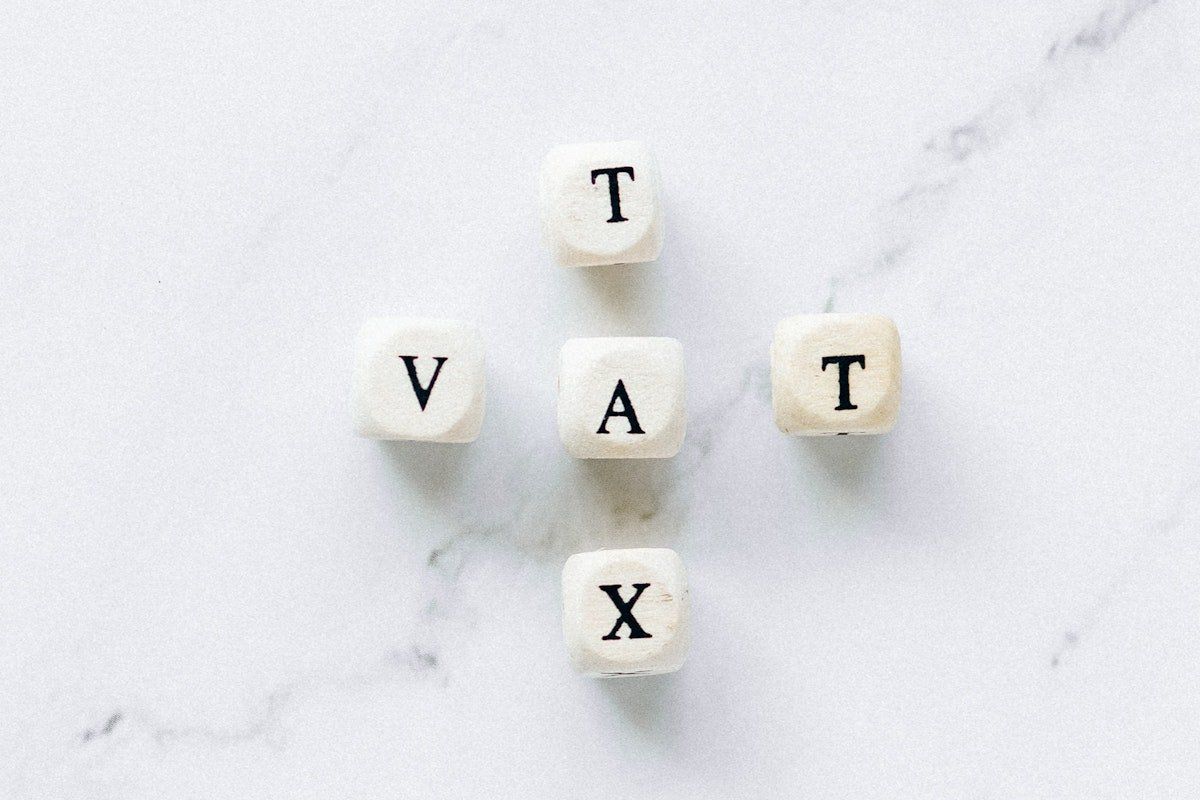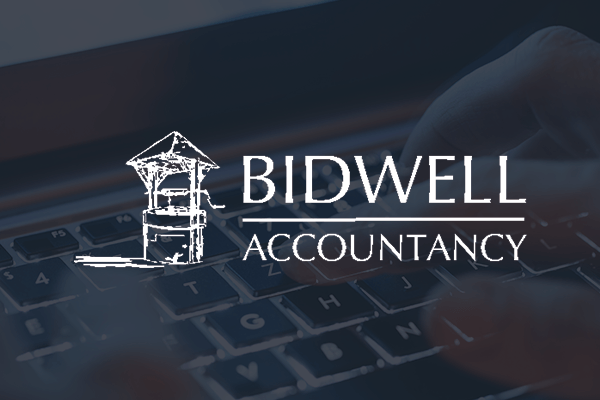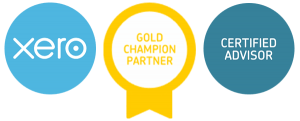What’s an Employee Ownership Trust?

As a business owner, you probably want to leave a lasting legacy behind when you finally get to the end of the journey and decide to exit the business. One way to achieve this is by disposing of all, or part, of the company to an [Employee Ownership Trust (EOT)]
This EOT structure is available to trading companies, or the holding company of a trading group.
Apart from ensuring the continuity of your ‘business baby’, there are also some tax advantages of an EOT – both for the company’s employees and for you, as the outgoing owner.
How does an EOT work?
An Employee Ownership Trust is a trust structure that allows the employees of an organisation to own the company. Rather than handing the business over to the unknown quantity of a new business owner, you can sell it to the trust. This leaves the company in good hands and rewards the long-standing managerial and executive teams that are already in the business.
So, how does this work in practice?
- In simple terms, the owners of the company sell their shares to an EOT. You don’t necessarily have to sell all your shares, but you must sell at least enough to give the purchaser a majority shareholding.
- For the seller (you), the disposal is free of capital gains and the disposal does not count towards the lifetime limit for [Business Asset Disposal Relief]
- The employees of businesses owned by an EOT can receive tax-free annual bonuses of up to £3,600 – a great way to reward a hard-working team.
- The EOT is run by trustees who are required to act in the interests of all employees, excluding any who directly own 5% or more of the company’s shares. These employees cannot benefit from the scheme.
- Often, the trustees will be a mix of employees, professional advisers and the seller’s representatives. They’ll appoint directors (these may be the same as the existing company directors), check that the company’s profit-sharing policy works, and will also make sure any loan is repaid.
- The selling price of the shares will reflect the fair market value of the company, often on the basis of a multiple of earnings. Although third-party funding can sometimes be obtained, the purchase may be financed by surplus cash already held in the business, together with a deferred element financed from future income.
Creating a legacy and building a future for the business
Selling your business to an EOT is a great way to leave behind a lasting legacy.
By handing the company over to your employees, you’re putting the business in the hands of people who share the same values and ethos you instilled as a leader. You’re also passing it to a team that knows the company inside out. Compare this to the major upheaval of selling to the unknown quantity of a third party and it’s clear that an EOT is a far better legacy strategy.
However, one significant drawback of an EOT is that the sale will often require deferred payment of the consideration, whereas a trade sale may be paid for in full, up front – getting you your money faster, if you need that equity in your pocket quickly.
Talk to us about the option of setting up an Employee Ownership Trust
If you want your business to be around for many years to come, and don’t need urgent access to the equity from the company sale, then an EOT is well worth thinking about.
It’s a good idea to get professional advice before any prospective business disposal. As your accountant, we’re well-placed to coordinate this process. It’s not a DIY process by any means, and working with a professional adviser will make for a more seamless EOT process.








